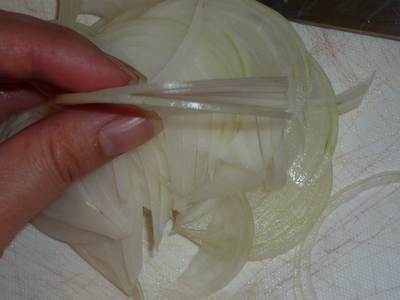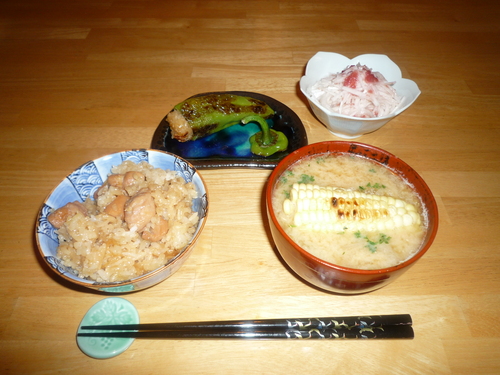I came up with the idea for this dish when I was thinking about little shishitou peppers and what I could do with them. I was wandering around my local farmer’s market when I spotted these beautiful Anaheim (Mexican peppers with a mild flavor) and I knew that they would go better with the filling I had in mind.
If you can’t find Anaheim peppers, you can substitute with other mild peppers or chiles such as Poblano chiles. In Japan, bell peppers are smaller and the skin is much thinner compared to the variety grown in the U.S. and they would be perfect for this dish. American Bell peppers, however are a little too thick to use for this dish.
Stuffed Anaheim Peppers with Chicken and Sticky Rice
Ingredients
220 grams (about 0.5 lb.) of chicken thigh cut into cubes
chicken marinade (see ingredients below)
1/4 of a medium onion sliced thin
2 tablespoons of soy sauce
1 tablespoon of sake
1 tablespoon of sugar
3/4 cup of Japanese rice (this is equivalent to 1 cup in Japanese units)
3/4 cup of sweet rice (mochi rice)
1 teaspoon of vegetable oil
Chicken Marinade Ingredients
2 tablespoons of soy sauce
1 tablespoon of sake
4.5 teaspoons of sugar
Directions
1) Wash the rice and the water goes up just below the 2 line. (Sweet rice gets very sticky so you want to reduce the amount of water a little so it doesn’t get mushy. The other reason why you want to reduce the amount of water is because You’ll add sauce to the rice pot later on.) Soak the rice in the water for 4-8 hours
2) Start the rice cooker. Time it is so that the chicken is done before the rice switch turns to “keep warm” and the rice has steamed for 5 minutes.
3) Cut up the chicken into small to medium size cubes and add the marinade ingredients and marinade over night.
4) Once all the prep work is done, heat your frying pan and add the vegetable oil.
5) Add the onions and stir fry until it starts to caramelize. (Since the onions are thin, it’s important to stir fry them constantly so they don’t burn and add a little more oil if they start to burn or turn down the heat)
6) Drain the chicken from the marinade and add it to the pan.(I find that there is a lot of aku in the marinade since you marinade the chicken overnight so using a fresh sauce is better.) Stir fry a minute or two and add the sauce ingredients. (soy sauce, sake and sugar)
7) Simmer until the chicken is done.
8) After the rice switch turns to “keep warm,” allow the rice to steam for five minutes.
9) Add the contents of the frying pan to the rice cooker and mix well.
10) Allow all the ingredients to marry and the rice to absorb some of the sauce.
11) Prep the peppers by slicing off the top and pulling out the seeds.
12) Stuff the peppers with the rice and grill or pan fry until all sides are charred.(The tops are mainly for decoration but cook them and set them aside. The peppers will take longer)
13) Sprinkle with a little sea salt or serve as is.
Cut up the chicken into bite size pieces.
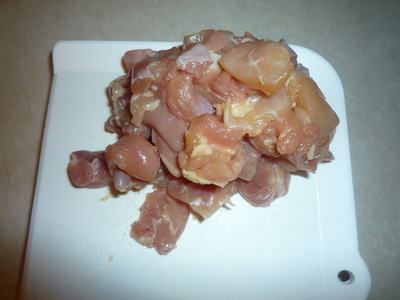
Marinate the chicken and put in a Tupperware to marinate overnight.
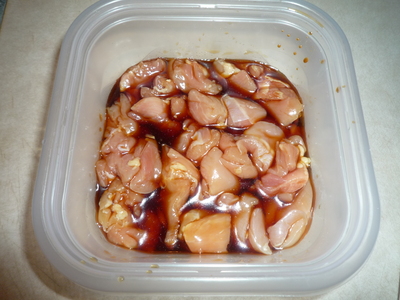
Stir fry them with a little vegetable oil until they start to caramelize.
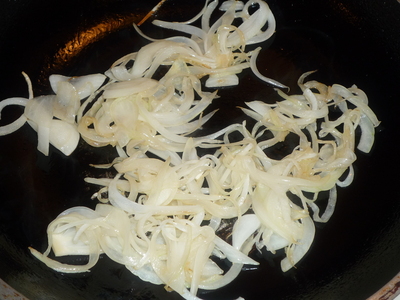
Drain the chicken from the marinade and add the chicken to the pan and cook about 2 mins.
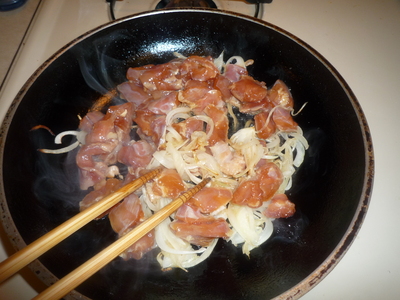
Add the sauce ingredients (soy sauce, sake and sugar) and simmer until done.
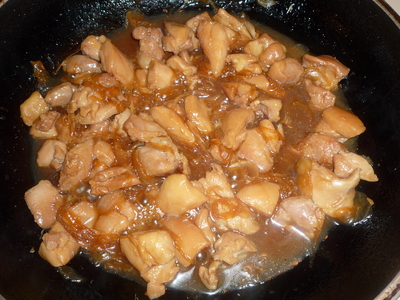
When the rice is ready, add the contents of the pan to the rice and mix well.
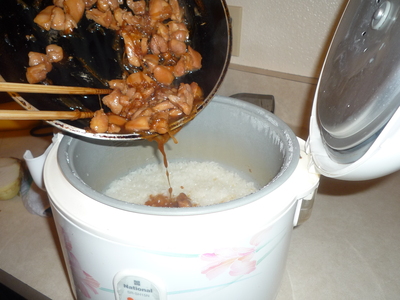
After steaming the rice should have absorbed the sauce.
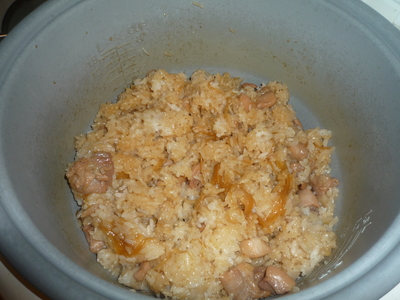
Slice off the top and pull out the seeds.
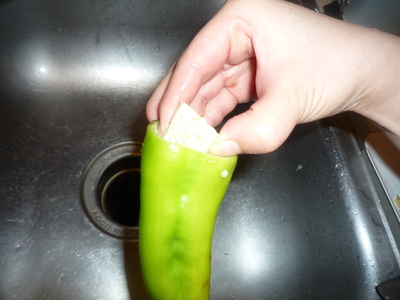
stuff the pepper with the rice and chicken.
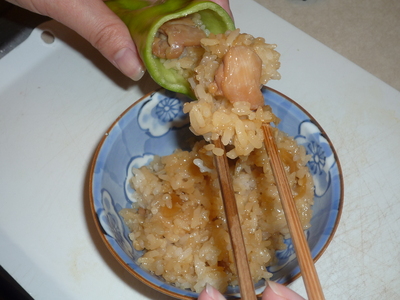
Grill the pepper or pan fry with a little vegetable oil.
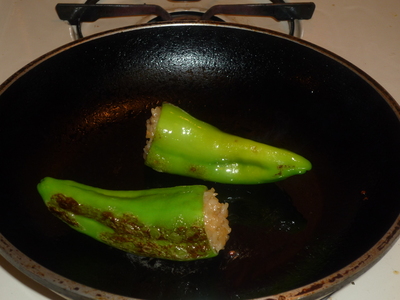
Serve with the top on the side. Sprinkle some sea salt on top if you want.
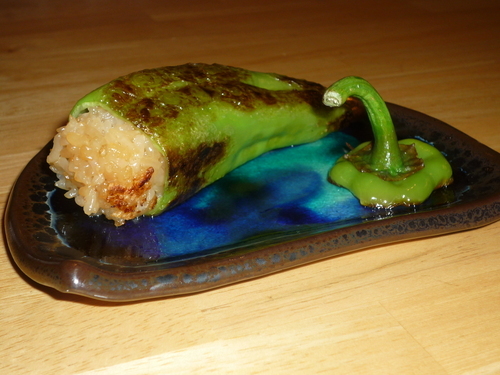
Pair with: Sweet Corn and Onion Miso Soup and Daikon Salad with Umeboshi Dressing.
umamitopia.com: Authentic Japanese, CA fusion, French & Italian influenced recipes.

Naomi Kuwabara was born and raised in California but spent many summers in Japan growing up. She has spent time living in Hokkaido and Osaka, both meccas for Japanese cuisine. Her passion is cooking and sharing her experiences cooking Japanese food with others. Her blog Umamitopia is about her experiences cooking Japanese food. Her greatest inspirations are from her mother and grandmother. Her cooking adventures can be found at http://umamitopia.com.

